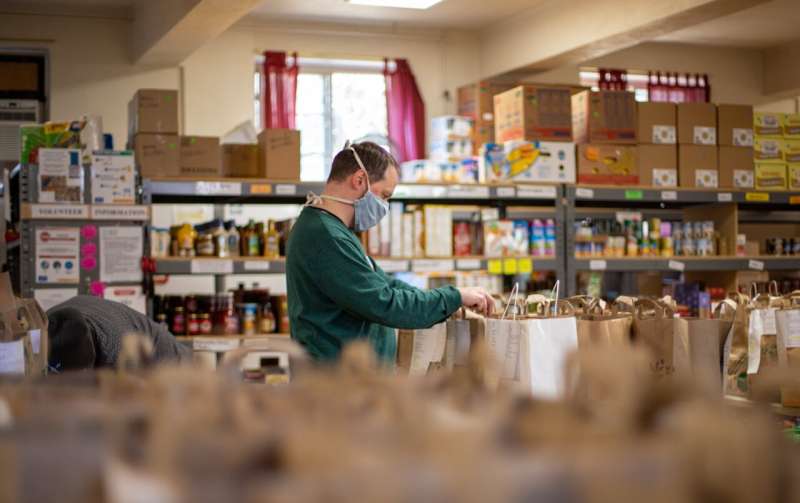Food Insecurity and Increased Mortality Risk in Cancer Survivors

Recent research reveals that food insecurity among cancer survivors leads to a 28% higher risk of death. Addressing nutritional access is vital for improving long-term health outcomes in this vulnerable population.
Lack of access to nutritious food poses a significant threat to cancer survivors, impacting their long-term health outcomes. Recent research indicates that individuals experiencing food insecurity face a 28% higher risk of death compared to those with reliable access to healthy food. The study, published in JAMA Health Forum, analyzed data from over 5,000 respondents through a nationwide health survey conducted by the US government.
Researchers from the University of Pennsylvania's Perelman School of Medicine reviewed survey responses from adults aged 40 and older who had been diagnosed with cancer. They found that about 10.3% of these respondents reported experiencing food insecurity. This group showed a higher overall mortality rate—meaning they were more likely to die from any cause—throughout the follow-up period. Even after adjusting for factors like age, sex, smoking status, and existing health conditions, food-insecure survivors still faced a 28% increased risk of death.
The study also pointed out that cancer survivors who did not participate in government food assistance programs and faced food insecurity had a 42% increased risk of both all-cause and cancer-specific mortality. These findings highlight the importance of addressing food insecurity as a modifiable social determinant of health in the context of cancer care.
"Food matters in cancer care and outcomes," said senior author Dr. Jaya Aysola. "Simple, integrated solutions that improve access to nutritious food could significantly prolong the lives of cancer survivors."
Food insecurity affects roughly 40 million Americans and is associated with higher risks of chronic illnesses such as heart disease, diabetes, hypertension, kidney disease, and colorectal cancer. The study utilized data from the CDC's National Health Interview Surveys (2011–2012) and the U.S. National Death Index through 2019.
Dr. John Lin, the study’s first author, emphasized that screening for food insecurity in clinical settings, expanding eligibility for food assistance programs, and guiding patients towards resources could help mitigate this risk. Overall, the research underscores the critical need to consider socioeconomic factors like food security in efforts to improve cancer survival outcomes.
Stay Updated with Mia's Feed
Get the latest health & wellness insights delivered straight to your inbox.
Related Articles
Innovative Light Therapy Offers New Hope for Alzheimer's Disease Treatment
Discover how innovative light therapy is showing promising results in improving cognitive functions in Alzheimer's patients, offering new hope for disease management.
Record-Breaking Heatwave in Europe Causes Over 62,700 Deaths in Summer 2024
The summer of 2024 in Europe saw a record-breaking heatwave resulting in over 62,700 heat-related deaths, with significant regional and demographic impacts. Learn more about the study and climate adaptation measures.
Global Challenges in Women's Heart Disease Research Due to Underrepresentation in Clinical Trials
Women remain underrepresented in cardiovascular clinical trials, hindering progress in understanding and treating heart disease in women. A recent consensus highlights the need for greater inclusion to improve health outcomes.
Texas Moves to Ease Vaccine Exemptions Amid Measles Outbreak
Texas aims to simplify vaccine exemption procedures amid its largest measles outbreak in decades, raising concerns about public health risks and vaccination coverage.



